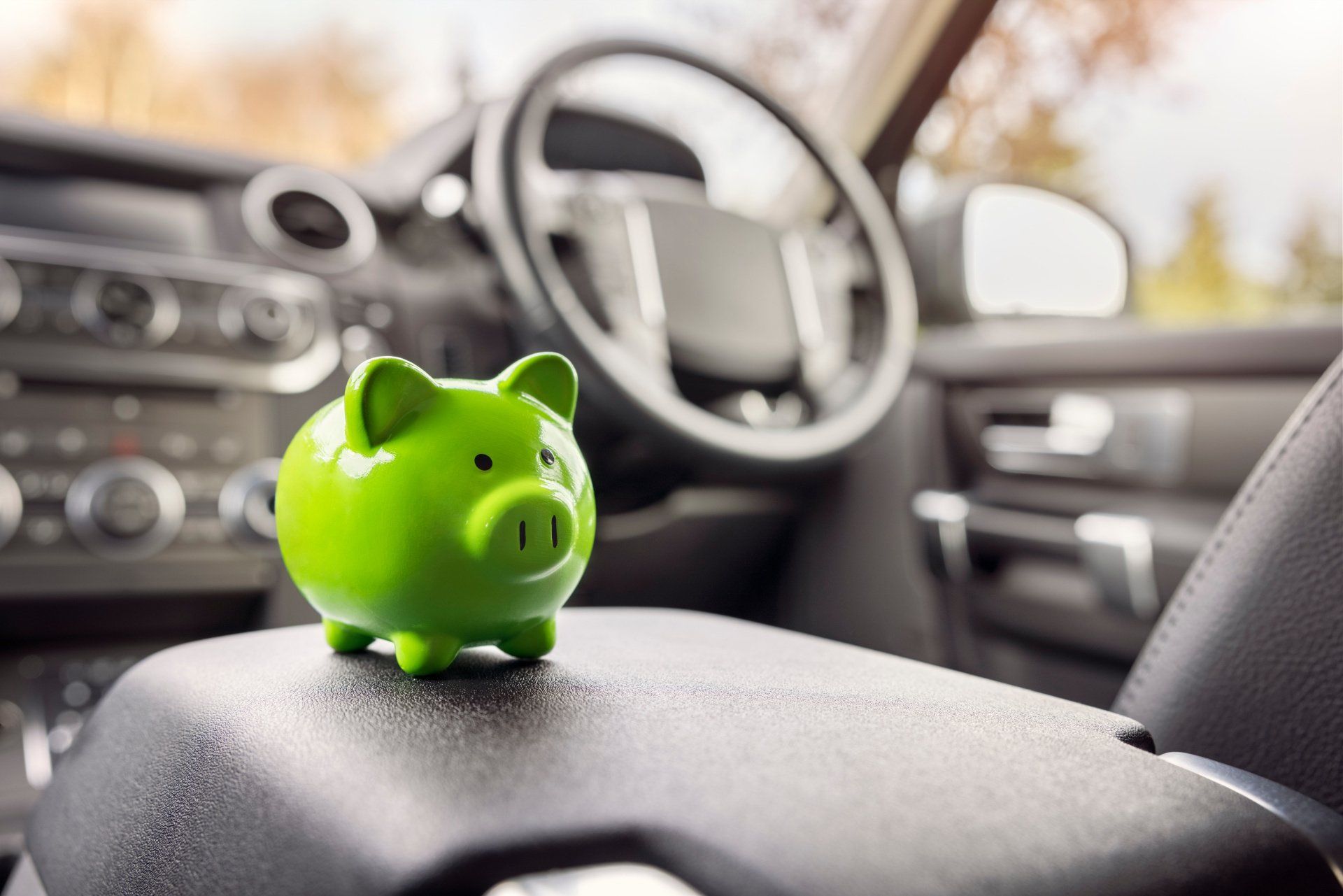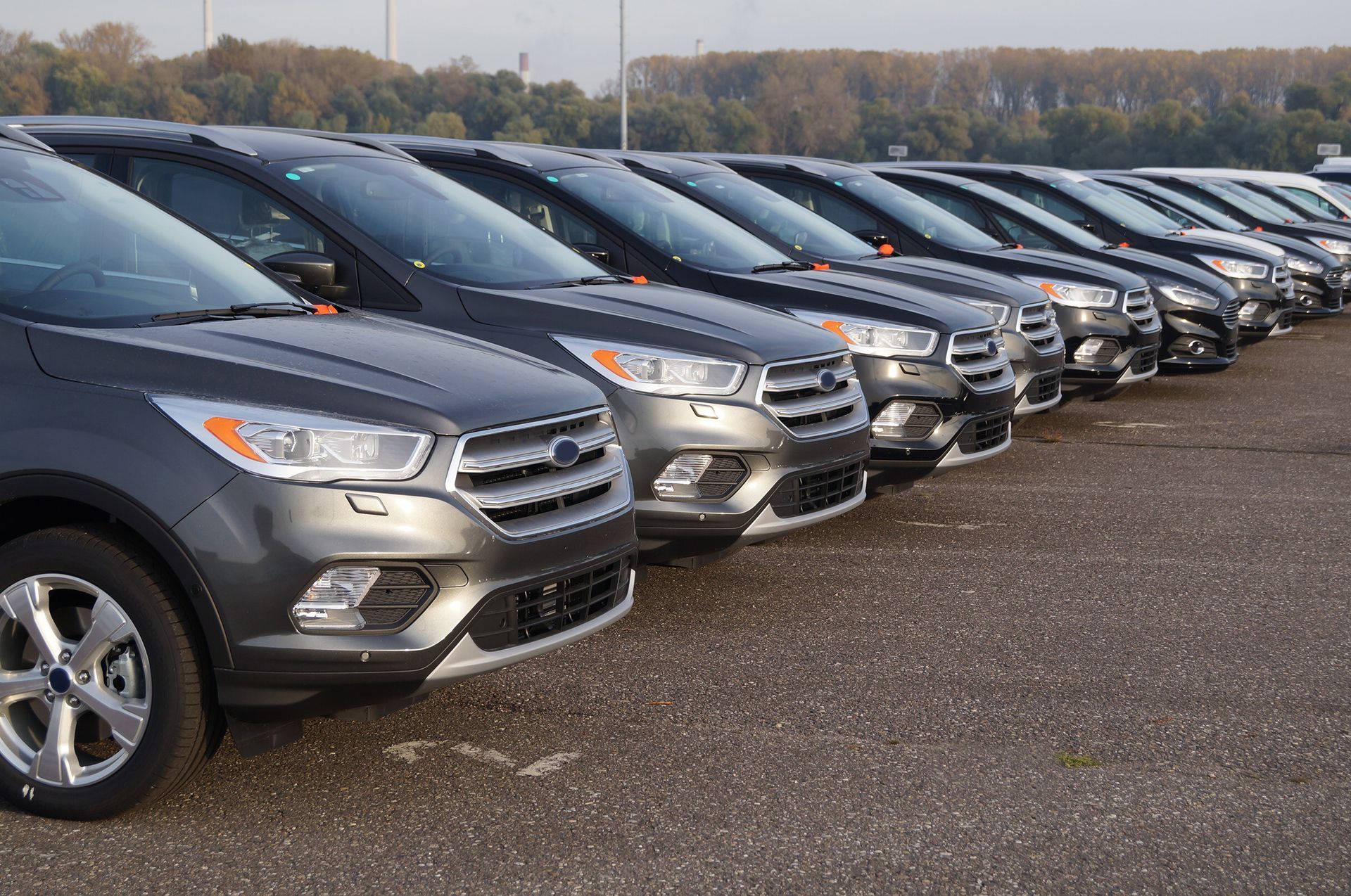What Factors Impact Auto Insurance Rates?

Auto insurance companies use complicated formulas to determine each driver’s “risk” of getting into an accident. Drivers who are “riskier” are charged higher premiums.
There are variables in the formula you can control and some you can’t do anything about. There are often certain steps drivers can take to offset or reduce the impact of factors that are negatively impacting their risk rating.
How Does My Driving Record Impact Insurance Rates?
Your driving record can make your auto insurance premiums go up or down. A clean, accident-free record might be rewarded with lower rates, but not always. The exceptions to this rule are frequently drivers of a certain age. Young drivers might have a clean record because they have barely been behind the wheel. Just because a 16-year-old doesn’t have any accidents on their record doesn’t necessarily mean they are incredibly safe and reliable drivers.
Speeding tickets, at-fault accidents, reckless driving and DUIs (Driving Under the Influence) are common offenses that could lead to increased auto insurance rates.
Age
Auto insurance companies often use age as an indicator of driving experience. Since younger drivers are usually new to the road, insurance companies know they have a higher likelihood of being involved in auto accidents.
On the other end of the age spectrum, senior drivers are also considered to be riskier policyholders despite having spent decades behind the wheel. Stats on older drivers paint a complicated picture. Aging can result in decreases in visual abilities, hearing abilities, reaction times and cognitive function, all of which may impact a driver’s safety. However, older drivers tend to drive far fewer miles than middle-aged drivers and make up a comparatively small percentage of drivers in accidents.
Older drivers shouldn’t get too discouraged, because there are steps they can take to reduce their rates. Many insurance companies offer discounts to seniors who no longer commute (low-mileage policyholders). Seniors may also want to look into “pay-as-you-drive” usage-based insurance.
Do Modern Safety Features Reduce Auto Insurance Rates?
Lower rates are typically related to driving history rather than the presence of safety features. Safety features may add some cost to car purchases or maintenance, but a lot of drivers are willing to pay for the extra protection.
In a roundabout way, safety features can have a significant impact on your insurance rates. Accidents will have the greatest impact on your premiums and safety features that prevent you from causing accidents will help keep your rates low.
Safety Features and How They Prevent Accidents
Blind Spot Sensors
Many drivers value blind spot sensors because they minimize the likelihood of accidentally changing lanes or merging into a vehicle that’s in their blind spot. The car usually beeps or shows indicator lights on the dash or mirrors to warn the driver of a vehicle in their blind spot.
Automatic Emergency Braking
Automatic emergency braking (AEB) uses sensors or cameras to detect objects like cars and pedestrians in front of the vehicle and automatically applies the brakes. Before the brakes are involuntarily employed, the car will typically issue a forward collision warning, which gives the driver time to step on the brakes. AEB may help prevent or reduce the severity of a collision, but the driver should hit the brakes for a more forceful stop.
Lane Assist
Lane assist uses cameras or sensors to detect where a car is on the road. If a driver begins to veer out of his or her lane, the car warns them so they can shift their attention back to the road. Lane assist might be a good feature for drivers who worry about drifting or staying in their lane.
Backup Cameras
Backup cameras help prevent rear accidents because drivers can see if there are any cars, people or objects behind them when they are pulling out of parking lots and driveways. Backup cameras are also handy when backing into a parking space.
Do Safety Features Reduce Car Accidents?
A 2018 analysis of 2015 crash data estimated that approximately 50,000 lane-change crashes could have been prevented that year if every vehicle had blind spot monitoring. Another study found that automatic emergency braking isn’t as effective in the dark, but in all lighting situations, AEB reduced crash severity by 27 percent. Car safety features are not foolproof, but research indicates that they help.
Find a Car with the Safety Features You Want in Washington, D.C. and Baltimore
You can’t control some of the factors that impact your auto insurance rate, but accident prevention is one thing that’s not entirely out of your hands. Visit Direct Car Buying to find a car with the safety features you need.
Contact us for more information.



